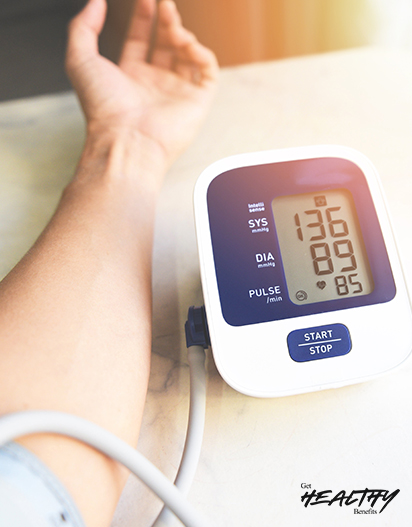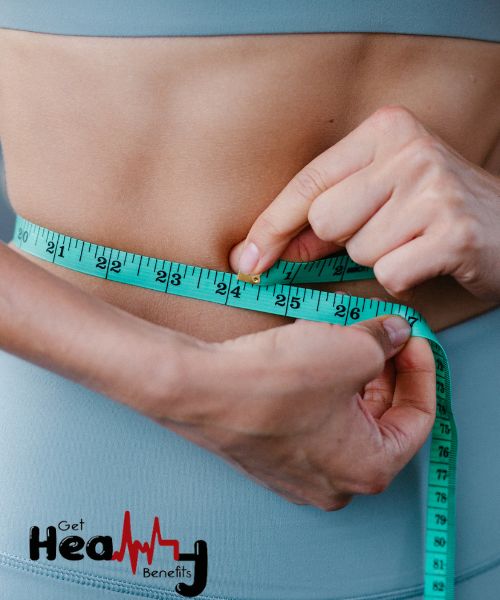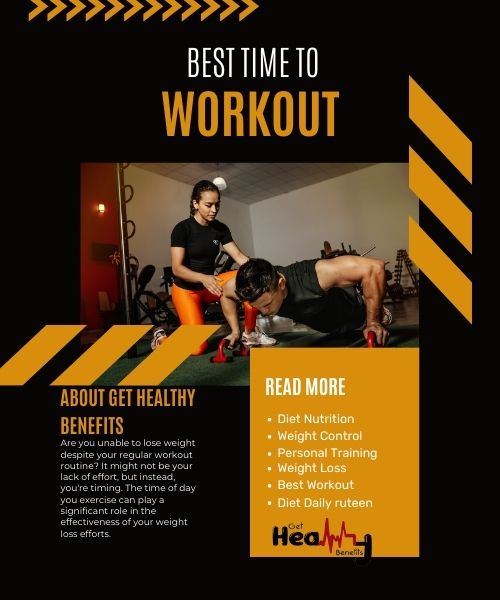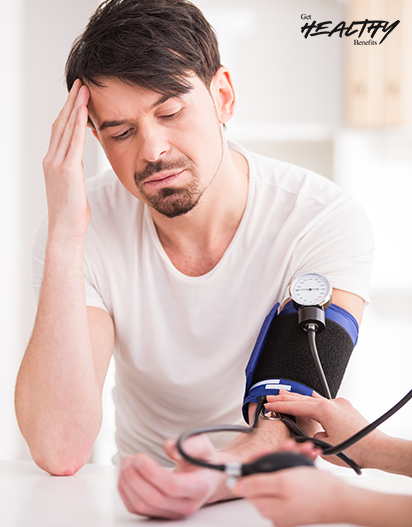Pump Up Your Health: The Top Activities to Beat Hypertension
Silent yet deadly, High blood pressure is a condition that often has no obvious symptoms, but it can increase your risk of creating heart disease. Ignoring the treatment of hypertension is not an option, as those who suffer from it are at a heightened risk for heart disease and stroke.
Several factors can lead you towards high blood pressure, including a lack of physical activity, an unhealthy diet, being overweight, smoking, stress, and family history. However, by managing your health and making positive changes in lifestyle, you can lower your blood pressure and heart disease risk.
Connection Between Regular Exercise And Hypertension
Regular exercise is beneficial in managing high blood pressure. It also helps to lower the blood pressure of those already suffering from hypertension. Exercising regularly will help you keep your heart in good shape, reduce stress and maintain a healthy weight.
Included exercise in your daily routine and eating a balanced diet could assist in lowering your blood pressure and help prevent severe medical conditions such as heart failure, kidney problems, or stroke. But it's essential to keep these points to keep in mind when exercising.
According to experts, you should keep an eye on the breath you take while exercising. Avoid holding your breath while exercising or applying a technique known as the Valsalva move, which is keeping your breath while lifting weights. It could cause an elevation of blood pressure. Concentrating on breath control is a great way to lower blood pressure.
A second important aspect to think about is warming up before cooling down. An interval of 5-10 minutes for warm-up and cooling down can assist your body in adapting to exercise, slowly increasing your rate of breathing and heart rate at the exercise. It will help prevent an abrupt increase in blood pressure following your workout. Reducing exercise intensity will also help prevent a dramatic reduction in blood pressure after exercise, which could lead to low blood pressure, venous pooling in the legs, and many other ailments. When you integrate these strategies into your workout routine and benefit from exercise and keep your blood pressure in check.
Best Exercises To Prevent And Treatment Of Hypertension
Hypertensive response to exercise can positively impact your heart, making it more robust and efficient. It means that your heart can pump blood more efficiently, which can help to stay at normal blood pressure.
Here are some exercises that can be especially helpful for reducing your blood pressure:
Cycling: Riding your bike for at least 10 minutes while actively pedaling can also help. A beginner cycling class could be a great way to start cycling into your routine.
Hiking: Start with beginner trails and work your way up to more challenging paths over time.
Running or jogging: The talk test can help determine if you're starting at a good pace. Begin with shorter distances and slower speeds, then gradually increase over time.
Brisk walking: Walk faster than usual to increase your heart and breathing rate.
Aerobic classes: Aqua aerobics, Zumba, and functional fitness classes are all great choices. If you're unsure which class is suitable for you, ask your gym or rec center for recommendations.
Yoga: Practicing yoga involves taking deep breaths and controlling your breathing, which can help regulate your blood pressure and reduce stress levels. Not only that, but regular yoga practice can improve your heart's overall health and function. Additionally, yoga positively impacts both your physical and mental well-being, making it an effective way to lower high blood pressure.
Dancing: Zumba and other dance classes can provide a full-body workout to elevate your heart rate.
Gardening or yard work: Mowing the lawn and raking leaves are examples of yard work that can be beneficial. Make a goal for 30 to 45 minutes of activity.
Swimming: If you're new to swimming, start with the freestyle stroke or try aqua jogging. Equipment like a pool noodle or aqua jogging belt can make the exercise easier and more joyful.
How Much Exercise Is Required to Lower High Blood Pressure?
Experts suggest you engage in moderate-intensity physical activity for at least 150 minutes weekly for a hypertensive response to exercise. Don't worry if you can't do it all at once; you can break it up into shorter sessions throughout the week.
If you're new to exercising, you can start with ten-minute workouts and gradually increase your time as you build your endurance. But remember, consistency is the key to success.
It may take a few months before you start seeing the positive effects on blood pressure after exercise.
Aim for a target heart rate of around 50% of your maximum capacity to ensure you work hard enough. You can use the "talk test" to check your intensity level. If you can speak comfortably during your workout, it's time to step up your game.
With dedication and persistence, regular exercise can help you reduce hypertension and improve your overall health.
Some Other Ways To Reduce Hypertension
Lifestyle changes can help control blood pressure, reduce the need for medication, and prevent further complications.
Lose weight.
Follow a healthy diet.
Limit sodium intake.
Avoid alcohol.
Quit smoking.
Get enough sleep.
Reduce stress
These are all lifestyle modifications that can help lower blood pressure
Stay Motivated!
Last but not least, stay motivated when starting an exercise routine. Break up your exercise into smaller sessions throughout the day instead of trying to achieve 150 minutes in one go. Choosing an activity, you enjoy is also suggested, but don't be afraid to switch things up to prevent overuse or injury and work different muscles. Additionally, finding a time that works best for you and managing your expectations by setting small goals, like exercising three days a week, can lead to massive wins in the long run. Exercising with a friend or family can provide extra motivation and social interaction. Lastly, it's important to monitor your heart rate and blood pressure during exercise and to stop if you experience chest pain or seek medical attention.
FAQs
How might regular cardiorespiratory exercise affect hypertension?
Regular physical activity can decrease blood pressure (BP) and the chances of death in people with hypertension, regardless of other risk factors. Additionally, research indicates that increased cardiorespiratory fitness can reduce the 24-hour BP and the BP response to physical exertion or exercise, lowering the risk for left ventricular hypertrophy (LVH).
What exercises should be avoided with high blood pressure?
For people who are suffering from high blood pressure, it is advisable to avoid any physical activity involving sudden and intense movements or exertion, as they could increase the risk of arterial rupture, heart attack, or stroke. It would include activities such as weightlifting, squash, sprinting, and extreme sports such as skydiving and SCUBA diving.
How long is blood pressure elevated after exercise?
The CDC (Centers for Disease Control and Prevention) suggests waiting half an hour after exercising to check your blood pressure and taking a break for 5 minutes before measuring it. However, it can take a few hours after exercising for your blood pressure to return to its normal level.
Does lifting weights lower blood pressure?
Weight training or lifting may seem like it could increase blood pressure, but it can actually help reduce it over time. While strength training can initially cause a temporary rise in blood pressure, it can ultimately improve overall fitness levels, leading to a decrease in blood pressure.
Should I take blood pressure meds before or after exercise?
For high blood pressure patients, the physician might suggest taking medication to lower it before starting any exercise program. If your blood pressure is too high, you should avoid starting any new physical activity until you consult your physician.
Why does systolic pressure increase during exercise?
During exercise, your heart pumps more blood to your muscles to supply them with oxygen. This increase in demand is signaled by the sympathetic nervous system, which can increase the heart rate and causes the systolic blood pressure to increase. As the cardiac output increases, the systolic blood pressure rises to deliver more oxygenated blood to the muscles.
Share this post
Subscribe to new posts











